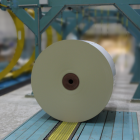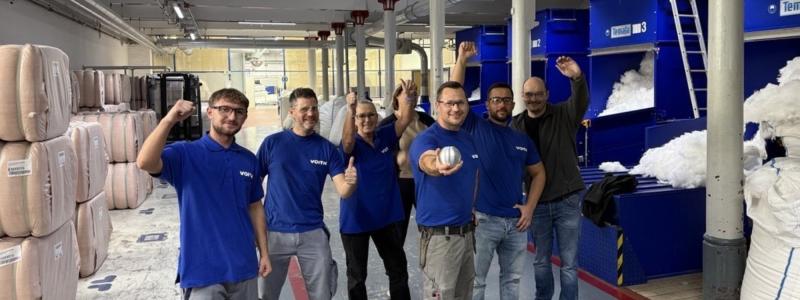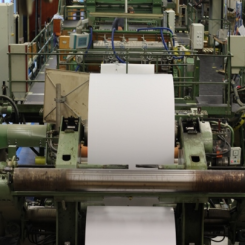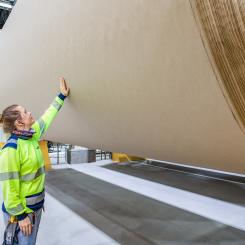Paper manufacturing is based largely on the use of renewable natural fibers. Until the mid to late 1800s, non-wood plant fibers, in the form of linen and cotton rags and hemp ropes, were the main raw materials for the pulp and paper industry. Increasing demand and developments in low cost wood pulping resulted in a large expansion of the wood-based pulp and paper industry during the early to mid-1900s. Today, wood is the dominant fiber resource for the pulp and paper industry accounting for 90% of the world’s fiber utilization.
In North America, the sustainable management of forests depends on a robust demand created by the forest products industry, including pulp and paper. However, in countries where wood resources are scarce, such as China and India, non-wood fibers, such as agricultural by-products and others, have been effectively used in papermaking.
Is tree-free paper really better for the environment? Are current environmental claims about tree-free paper accurate and substantiated? To answer these questions, we reviewed literature on the topic from experts in the field.
Here are some key questions to consider when requesting paper made from non-wood fibers:
- Does it remove incentives to keep the landscape forested?
- Do the environmental advantages persist when the production expands to the necessary scale, or does it result in more negative environmental impacts (i.e., consider water use, chemical inputs, energy requirements, climate effects, etc.)?
- What is the risk that forest land will be converted to agriculture?
- What effects, both positive and negative, would this have on local communities and indigenous peoples?
- Is independent, third-party certification available to ensure environmental, social and economic baselines are being met?
Based on a review from Two Sides, paper made from either wood fibers or non-wood fibers can be sustainable. The overall environmental footprint of paper always depends on many factors in the product life cycle, such as responsible land and forest management, and environmental performance of pulp and paper mills. Although making paper from wood fiber has become an efficient and economical process, modern non-wood pulp and paper mills can offer a good raw material choice in certain conditions.

























































